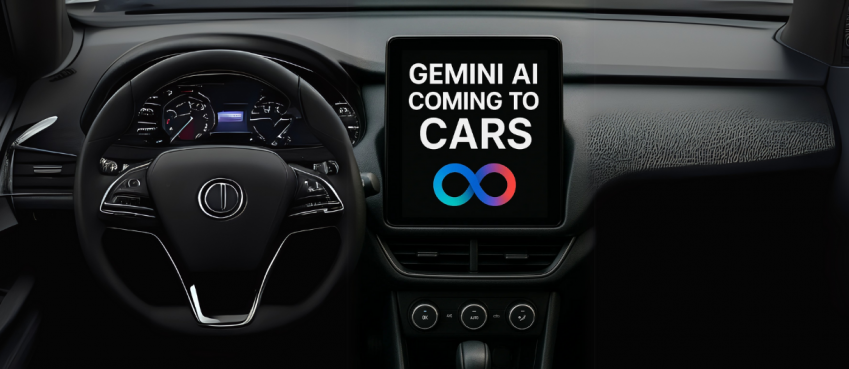
Digital signage is now so widely used that companies are integrating its use into their ten-year marketing plans. In short, digital signs are not going away. They are a part of modern marketing and business operation. So, in this article, we consider the future of digital signage and how modern innovations may continue into the future.
Paying Using Digital Signs
This one has become a no-brainer since wireless payments have become a thing. People tap their card onto the reader and it charges their card without having to put the card in or enter a pin. Digital signs have no trouble adding wireless payments to their systems. This is a trend we are going to see more of in the future.
Live Content Updates
For the longest time, call centers had light boards on the walls. They would show calls waiting, the average waiting time, and key metrics such as sales and the like. Then, they tried to move over to flat-screen TVs as they become thinner, but it was too expensive. These days, call centers, live chat centers, and customer support centers have massive digital signs. They do the same thing that the old light boards did, but they use live data pumped in from a central hub computer. They offer far more adaptability and versatility while remaining a very flexible tool suitable for any business communications purpose.
Also read: 12 BEST Vocabulary Apps For Adults In 2024Movement Sensor Triggers
Probably inspired by movies like Minority Report, movement sensors, and digital screens have been used for years by theme parks. You walk up to a sign and it talks to you, often telling you what attraction you are seeing and/or offering interactive entertainment based on what you are seeing or experiencing.
Connecting With Smartphones
Companies are devising several ways to connect Smartphones with digital signs. The hardcore method is to have people download your app, and have the app connect with the nearest digital signs. Some people have found ways to have people log into a digital sign’s social media page so that they may interact that way, and others use QR codes that people scan. Given that people can connect and pay using tap-to-pay technology, it probably won’t be long before people can connect their phones quickly and easily by just being near a digital sign.
Touchscreen Technology
Thanks to Smartphones, touchscreen technology is all over the place and includes within the digital sign industry. Places like McDonald’s have their touchscreen menus, as do chains like Argos in the UK, which used to be a mail order store and now offers products through catalogs hosted on tablets and digital signs. Touchscreen technology is far more efficient than it used to be, and in many cases, the operating system being used for the digital sign already had touch-screen technology embedded into its workings.
Better Mapping Technology
A small minority of hospitals have added digital signs to their halls. Instead of looking at the massive map on the walls, you look at maps on digital signs. You find your desired location through a series of categories, through location markers, or by typing the location into the screen. Smaller clinics allow you to see where you are supposed to go and your upcoming appointments by scanning your wristband.
At one time, these were the future of hospitals and malls, but the COVID pandemic scare campaign made touch-screen technology a no-no in places like hospitals. Now they are looking into gesture-controlled and voice-controlled digital signs, which is fine, but the technology to do it correctly is years away. Even modern voice recognition is not strong enough to become widely adopted in hospital digital signs.
Top 10 News
-
01
Top 10 Deep Learning Multimodal Models & Their Uses
Tuesday August 12, 2025
-
02
10 Google AI Mode Facts That Every SEOs Should Know (And Wha...
Friday July 4, 2025
-
03
Top 10 visionOS 26 Features & Announcement (With Video)
Thursday June 12, 2025
-
04
Top 10 Veo 3 AI Video Generators in 2025 (Compared & Te...
Tuesday June 10, 2025
-
05
Top 10 AI GPUs That Can Increase Work Productivity By 30% (W...
Wednesday May 28, 2025
-
06
[10 BEST] AI Influencer Generator Apps Trending Right Now
Monday March 17, 2025
-
07
The 10 Best Companies Providing Electric Fencing For Busines...
Tuesday March 11, 2025
-
08
Top 10 Social Security Fairness Act Benefits In 2025
Wednesday March 5, 2025
-
09
Top 10 AI Infrastructure Companies In The World
Tuesday February 11, 2025
-
10
What Are Top 10 Blood Thinners To Minimize Heart Disease?
Wednesday January 22, 2025







